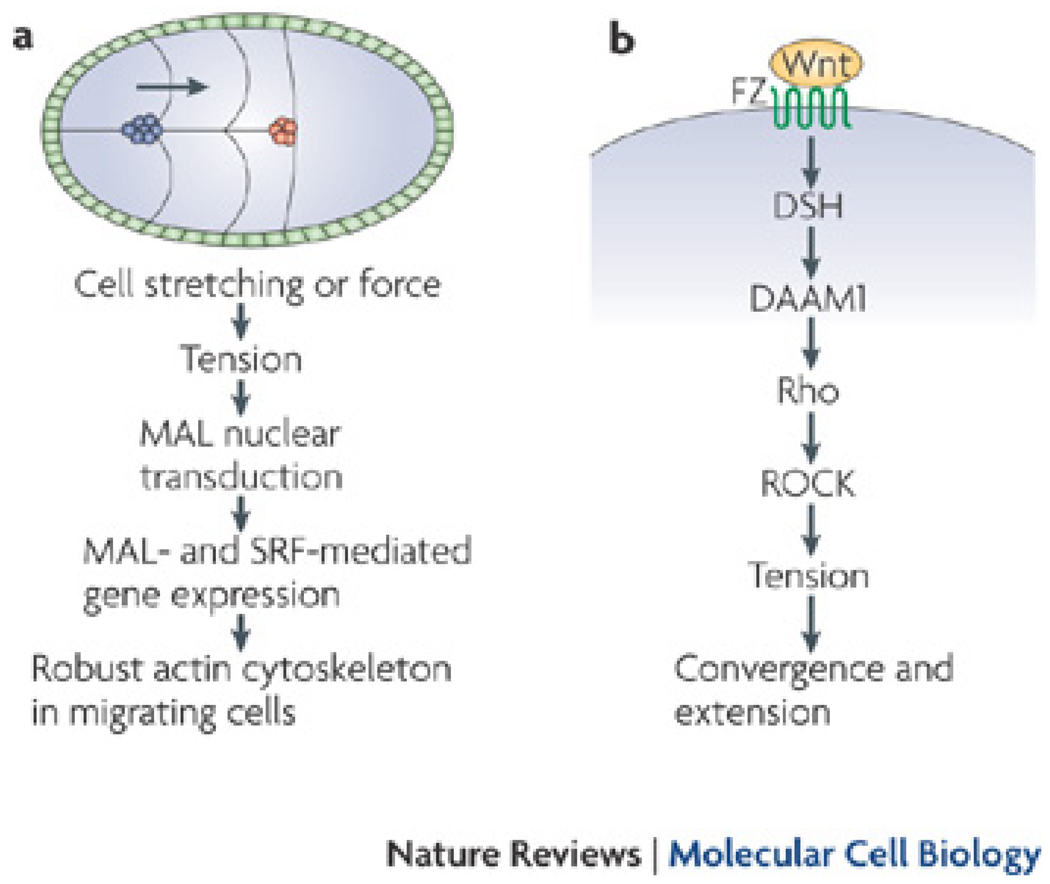Figure 4. Forces regulate the spatial organization of cells.
A., During D. melanogaster oogenesis, border cell migration, follicle cells migrate down the midline of the egg chamber (blue cells are migrating cells, red cells denotes their final position). As cells are stretched or subjected to external force during migration, the tension generated causes the nuclear translocation of the SRF cofactor, MAL. Nuclear MAL and SRF can then regulate the expression of many genes, including genes required for cytoskeletal integrity. This model is proposed to allow cells to assemble and maintain a robust actin cytoskeleton during migration 82.B., The non-canonical Wnt pathway, also called the PCP (planar cell polarity) pathway, regulates many morphogenetic movements leading to cell and tissue spatial rearrangements during convergence and extension 89–91. When Wnt binds to the Frizzled (Fz) receptor, this activated Dishevelled (Dsh), which then activates Daam1, leading to RhoA activation and ROCK-generated contractility and cellular tension.

